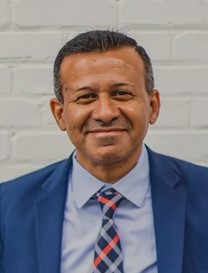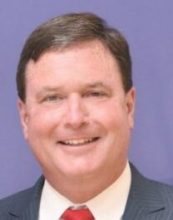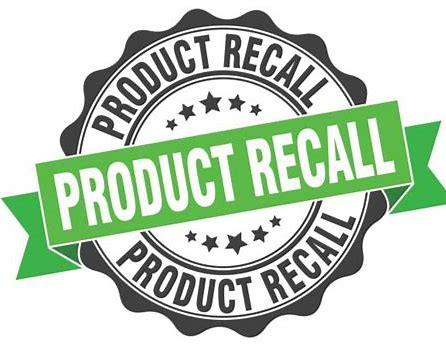BLOOMINGTON, Ind. – Fourteen athletes and two coaches with ties to the Indiana swimming and diving program will feature for their respective countries at the 2022 FINA World Championships, set for June 17-July 3 in Budapest, Hungary.
Pool swimming events will begin Saturday, June 18, with diving and open water swimming to follow starting Sunday, July 5.
Indiana diving head coach Drew Johansen will serve as an assistant coach for USA Diving in Budapest, while IU associate head coach Cory Chitwood was named the head coach for USA Swimming’s open water team which features former Hoosier Michael Brinegar and freshman Mariah Denigan. Chitwood will also lead the U.S. Open Water National Team at the FINA Marathon Swim World Series taking place in Paris in July.
The list of Budapest bound Hoosier athletes includes 11 swimmers and three divers. Seven of those athletes will compete for Team USA, with seven more representing their respective home nations. Three current Hoosiers are on international rosters; sophomore Tomer Frankel will swim for Israel and freshmen Rafael Miroslaw and Ching Hwee Gan are set to represent Germany and Singapore, respectively.
Miroslaw qualified for the world championships after making headlines at the Berlin Swim Open in April. The Hamburg native became the first German ever to swim a sub-48 in the 100-meter freestyle, touching in 47.92. The 2022 Big Ten 200-yard freestyle champion also qualified in the 200m event, swimming a blazing 1:46.04 that beat his previous best by 2.5 seconds.
Indiana Swim Club women’s breaststroke duo Lilly King and Annie Lazor each qualified for the world championships via USA Swimming’s Phillips 66 International Team Trials in April. King and Lazor celebrated a dramatic one-two finish in the 100-meter breaststroke race, similar to their finish in Olympic trials a year before. The duo will also swim the 200-meter event with King qualifying for a third race, the 50-meter breaststroke.
Indiana will send three divers to compete for Team USA. Senior Kristen Hayden and freshman Quinn Henninger will dive together in the mixed synchronized 3-meter diving event. The duo qualified with a first-place performance at winter nationals as Hayden became USA Diving’s first Black female national champion in any event, as well as its first-ever Black diver to qualify for the world championships.
Another freshman, Carson Tyler, will compete for USA Diving in mixed synchronized platform diving and on the 3-meter springboard.
Redshirt senior Andrew Capobianco and sophomore Tarrin Gilliland also qualified for world championships, but both athletes announced they will forgo the competition due to injury.
Indiana at the FINA World Championships
Â
USA Swimming
Michael Brinegar (25K)
Cory Chitwood (Open Water Swimming Head Coach)
Mariah Denigan (10K)
Lilly King (50 Breaststroke, 100 Breaststroke, 200 Breaststroke)
Annie Lazor (50 Breaststroke, 100 Breaststroke)
USA Diving
Kristen Hayden (Mixed Synchronized 3-meter)
Quinn Henninger (Mixed Synchronized 3-meter)
Drew Johansen (Assistant Coach)
Carson Tyler (Mixed Synchronized Platform, 3-meter)
International
Marwan Elkamash (Egypt; 200 Freestyle, 400 Freestyle, 800 Freestyle 1500 Freestyle)
Youssef Elkamash (Egypt; 50 Breaststroke, 100 Breaststroke)
Tomer Frankel (Israel; 100 Freestyle, 100 Butterfly)
Ching Hwee Gan (Singapore; 200 Freestyle, 400 Freestyle, 800 Freestyle, 1500 Freestyle)
Vini Lanza (Brazil; 100 Butterfly, 200 Individual Medley)
Rafael Miroslaw (Germany; 100 Freestyle, 200 Freestyle)
Mohamed Samy (Egypt; 100 Freestyle, 50 Backstroke, 100 Backstroke)










